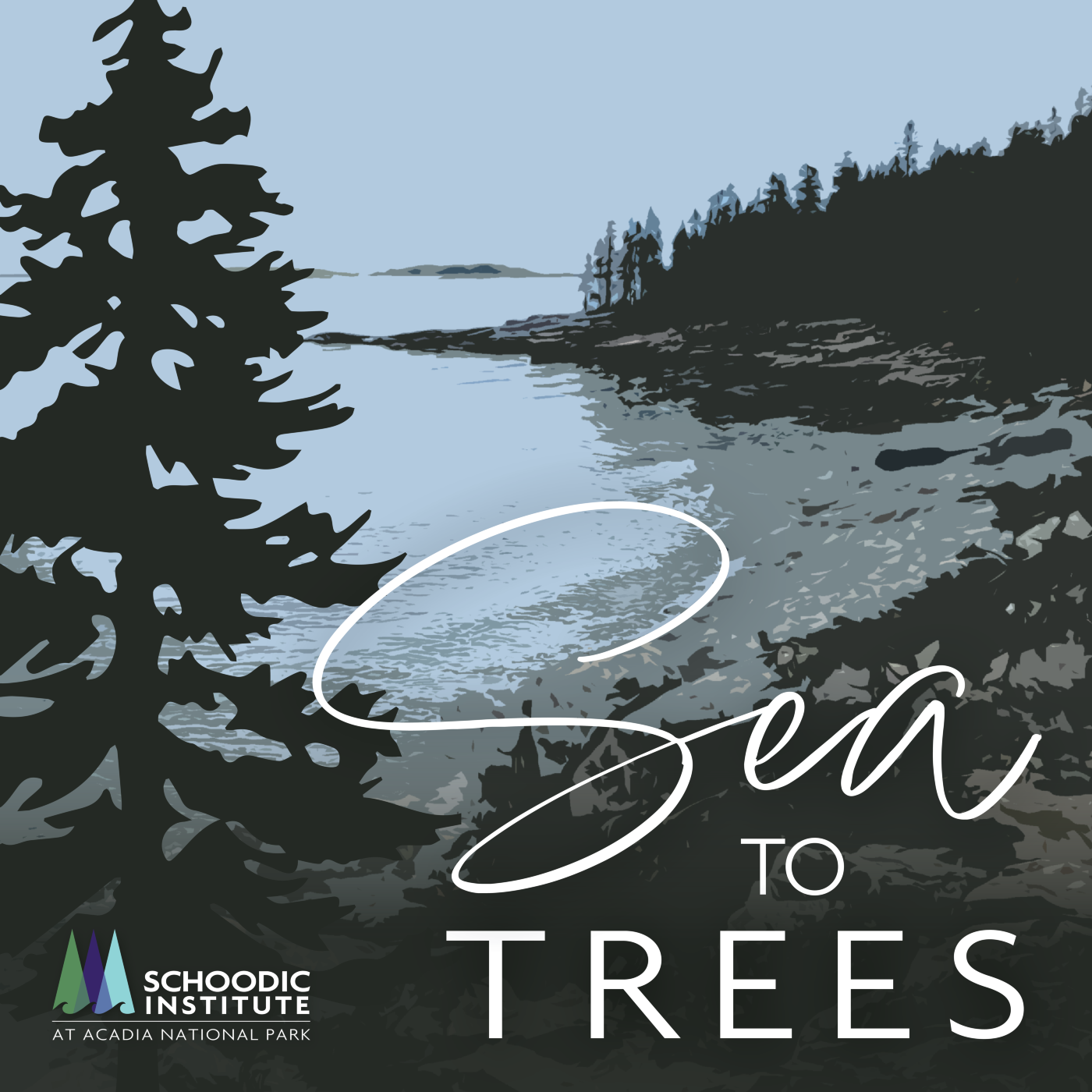Episodes
Episode 3 begins with naturalist Laura Sebastianelli, who has dedicated her summers to recording all the bird songs in Acadia National Park. We follow Laura on her chase to record the American Bittern, learn why it’s so important to record Acadia’s birdsongs, and talk to all sorts of ornithological experts along the way.
Published 12/20/23
Published 12/20/23
Bird song is so much more than just bird-song. In this episode, we’ll learn all about birds, their songs, and what we can do to keep them around.
Published 11/16/23
From social trails to heavy rain events, the summits in Acadia National Park are experiencing a lot of degradation. In this episode, we’ll discover how a backpack full of dirt can help bring life back to Acadia’s mountains.
Schoodic Institute at Acadia National Park:
https://schoodicinstitute.org/
Published 10/12/23
Maya Pelletier calls rockweed, a type of seaweed, “the van Gogh of the intertidal.” How can citizen science help paint a picture of the state of rockweed on Maine’s coast?
Schoodic Institute at Acadia National Park: www.Schoodicinstitute.org
Project ASCO 2023 Interest Form: https://docs.google.com/forms/d/e/1FAIpQLSebLgZFFoGSiW8uoz1tRMk5RRe2x4IHzjr3FlPc5d0guIE0dw/viewform
Schoodic Notes: https://schoodicnotes.blog/
Published 03/23/23
In the 1880s, the Champlain Society documented the flora and fauna on the land that would become Acadia National Park. If the Champlain Society were around today, would they use iNaturalist?
Schoodic Institute at Acadia National Park: www.schoodicinstitute.org
Olivia’s Balsam fir observation on iNaturalist: https://www.inaturalist.org/observations/146220670
Dragonfly wing coloration study: https://www.pnas.org/doi/10.1073/pnas.2101458118
Schoodic Notes: https://schoodicnotes.blog/
Published 03/16/23
The nation’s largest assessment of mercury contamination started as a project between scientists, teachers, and students at Acadia National Park. How has the help of more than 6,000 citizen scientists improved our understanding of mercury pollution across the US?
Schoodic Institute at Acadia National Park: www. schoodicinstitute.org
The Dragonfly Mercury Project: https://www.nps.gov/subjects/citizenscience/dragonfly-mercury-project.htm
Schoodic Notes: https://schoodicnotes.blog/
Published 03/09/23
In season one, we’re exploring the ever-growing field of citizen science–the participation of non-scientists in research at any level–and how it can help answer questions about our changing world. Can citizen science shape our relationship with nature?
Schoodic Institute at Acadia National Park: www. Schoodicinstitute.org
Published 02/16/23


